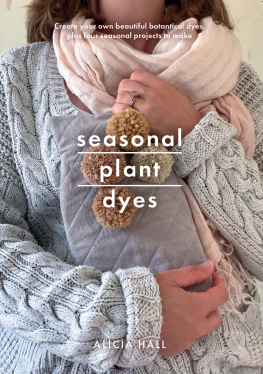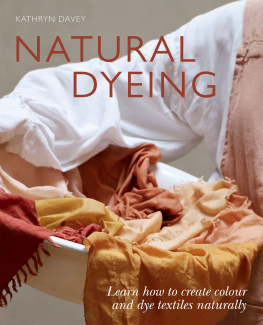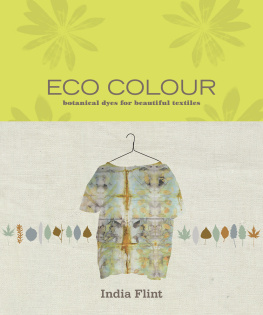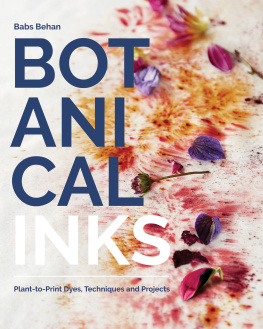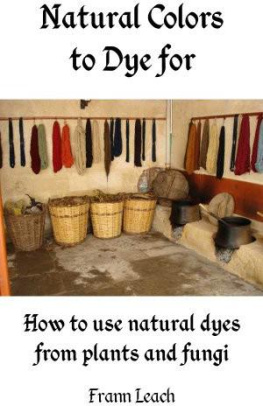Hall Alicia - Seasonal Plant Dyes
Here you can read online Hall Alicia - Seasonal Plant Dyes full text of the book (entire story) in english for free. Download pdf and epub, get meaning, cover and reviews about this ebook. year: 2020, publisher: Pen & Sword Books Limited, genre: Home and family. Description of the work, (preface) as well as reviews are available. Best literature library LitArk.com created for fans of good reading and offers a wide selection of genres:
Romance novel
Science fiction
Adventure
Detective
Science
History
Home and family
Prose
Art
Politics
Computer
Non-fiction
Religion
Business
Children
Humor
Choose a favorite category and find really read worthwhile books. Enjoy immersion in the world of imagination, feel the emotions of the characters or learn something new for yourself, make an fascinating discovery.
- Book:Seasonal Plant Dyes
- Author:
- Publisher:Pen & Sword Books Limited
- Genre:
- Year:2020
- Rating:4 / 5
- Favourites:Add to favourites
- Your mark:
- 80
- 1
- 2
- 3
- 4
- 5
Seasonal Plant Dyes: summary, description and annotation
We offer to read an annotation, description, summary or preface (depends on what the author of the book "Seasonal Plant Dyes" wrote himself). If you haven't found the necessary information about the book — write in the comments, we will try to find it.
Seasonal Plant Dyes — read online for free the complete book (whole text) full work
Below is the text of the book, divided by pages. System saving the place of the last page read, allows you to conveniently read the book "Seasonal Plant Dyes" online for free, without having to search again every time where you left off. Put a bookmark, and you can go to the page where you finished reading at any time.
Font size:
Interval:
Bookmark:

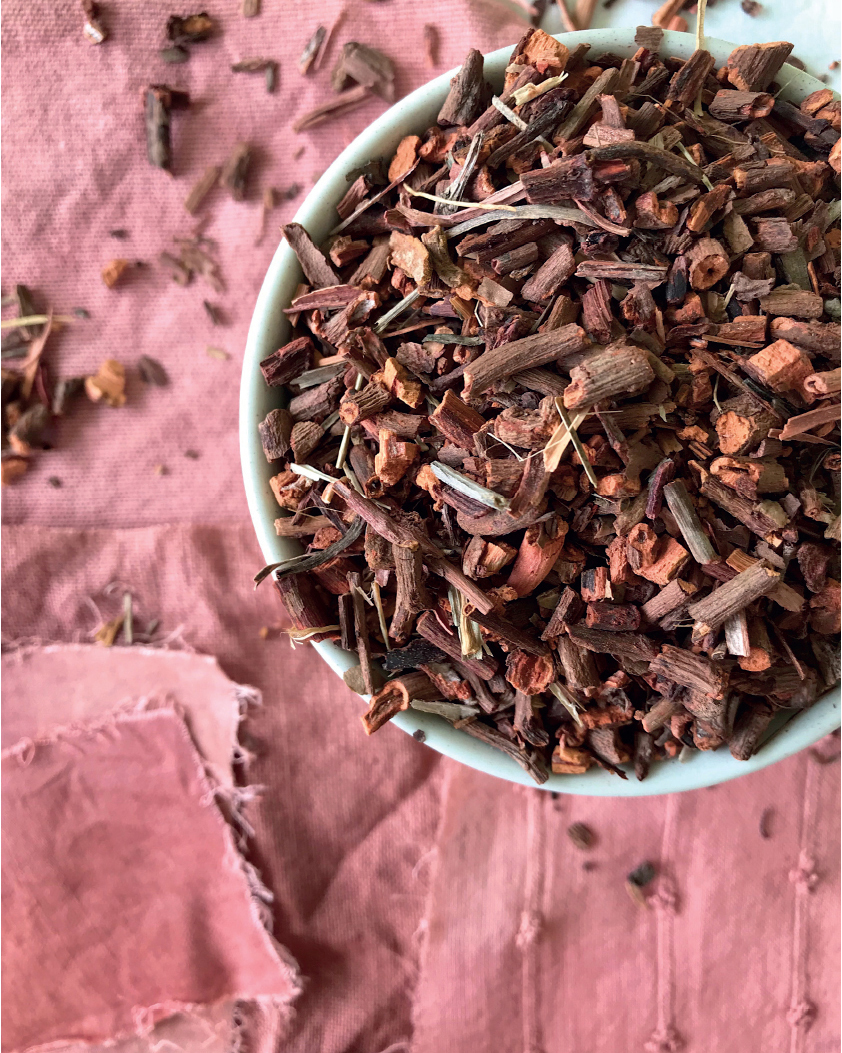
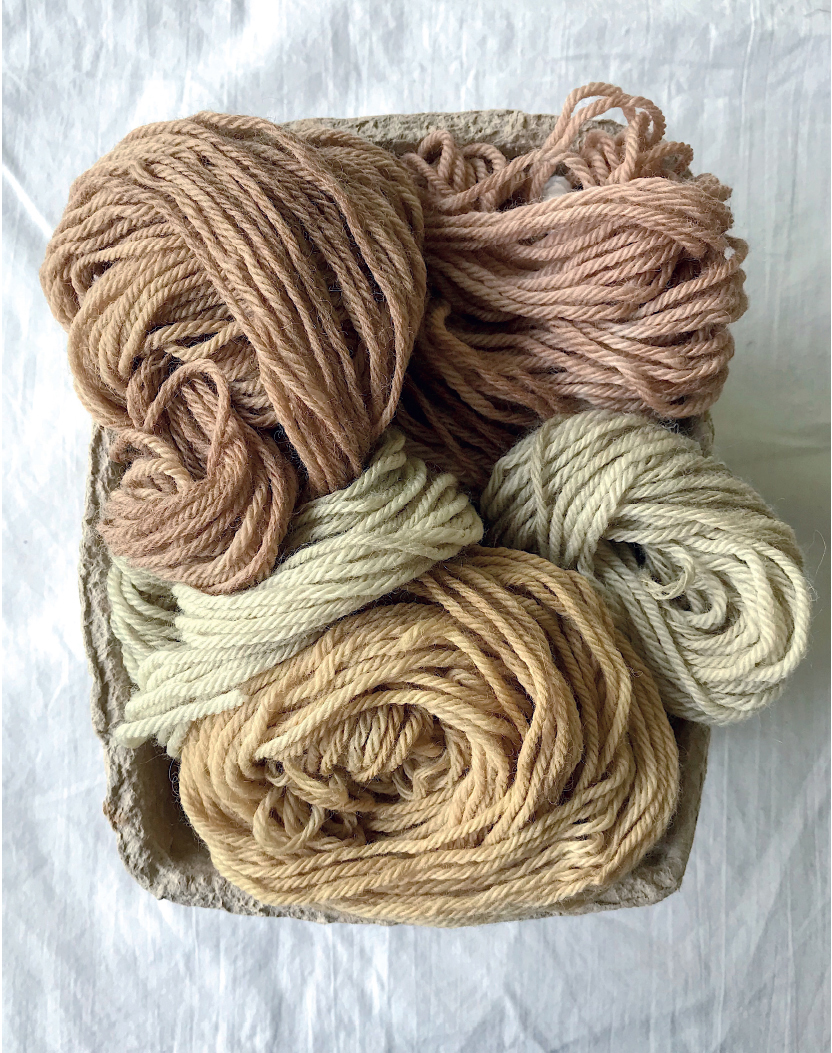
Create your own beautiful botanical dyes,
plus four seasonal projects to make
ALICIA HALL
Photographs by Alicia Hall

For W, who adds the word maximus to the end of every flower to pretend he knows its Latin name. And to Sebastianus Oleanderus, my favourite little plant
First published in Great Britain in 2019 by
PEN & SWORD WHITE OWL
An imprint of Pen & Sword Books Ltd
Yorkshire Philadelphia
Copyright Alicia Hall, 2019
ISBN 9781526747242
eISBN 9781526747242
Mobi ISBN 9781526747259
The right of Alicia Hall to be identified as Author of this work has been asserted by her in accordance with the Copyright, Designs and Patents Act 1988.
A CIP catalogue record for this book is available from the British Library.
All rights reserved. No part of this book may be reproduced or transmitted in any form or by any means, electronic or mechanical including photocopying, recording or by any information storage and retrieval system, without permission from the Publisher in writing.
Group Publisher: Jonathan Wright
Series Editor and Publishing Consultant: Katherine Raderecht
Art Director: Jane Toft
Production Editor: Elizabeth Raderecht
Pen & Sword Books Ltd incorporates the Imprints of Pen & Sword Books Archaeology, Atlas, Aviation, Battleground, Discovery, Family History, History, Maritime, Military, Naval, Politics, Railways, Select, Transport, True Crime, Fiction, Frontline Books, Leo Cooper, Praetorian Press, Seaforth Publishing, Wharncliffe and White Owl.
For a complete list of Pen & Sword titles please contact:
PEN & SWORD BOOKS LIMITED
47 Church Street, Barnsley, South Yorkshire S70 2AS, England
E-mail:
Website: www.pen-and-sword.co.uk
or
PEN AND SWORD BOOKS
1950 Lawrence Rd, Havertown, PA 19083, USA
E-mail:
Website: www.penandswordbooks.com
I discovered botanical dyeing during my time spent as a gardener for the National Trust, surrounded by a huge variety of beautiful trees, plants and vegetables. At the time, I stumbled across a horticulture book that mentioned dyeing with plants a concept that was fascinating and entirely new to me. Inspired by what I read, I began gathering plants during my daily produce harvests in the National Trust kitchen garden, and my first foray into natural dyeing was an attempt to extract colour from carrot tops. After soaking the greenery in water overnight, I left a small cotton bag to sit in the magical green water, not quite believing that it would take the colour. To my amazement, I managed to dye the bag a beautiful chartreuse green. I was instantly hooked, and began months of intensive research and experimentation in order to deepen my understanding of the art of botanical dyeing, unlocking a whole new world of beautiful natural colour.
Im passionate about introducing others to the magic of plant dyeing, and this book is designed to guide you through the dyeing seasons, teaching you the foundations of dyeing, showing you how to achieve the best results possible, and helping you build up your confidence and creativity. Sustainable methods of harvesting (both from the wild and from your own garden) are used throughout, to ensure that you get plenty of harvests from your plants now and in the future.
Before we begin plant dyeing, its important to know a little about fabrics and yarns. Ive dedicated a chapter to how different fabrics and wools are made, what affect this has on the way plant dyes react with them, and the best way to dye and care for each one, as well as providing information on how theyre sourced and manufactured.
One of the wonderful things about plant dyeing is that you can easily start learning this traditional craft without having to buy a huge amount of specialist equipment, and youll find a list of simple tools and what theyre used for in this book.
Ive also included chapters on mordants (used to help plant dyes stick to fabric and wools) and modifiers (used to alter or enhance the colour of dye). Soya milk is perhaps the most surprising ingredient that I use as a mordant while plant dyeing, which is why Ive dedicated a chapter to exploring why it works, as well as step-by-step instructions on how to use it. Modifiers such as aluminium and chrome can be toxic to both the dyer and the environment, so Ive included alternatives which pose little or no risk.

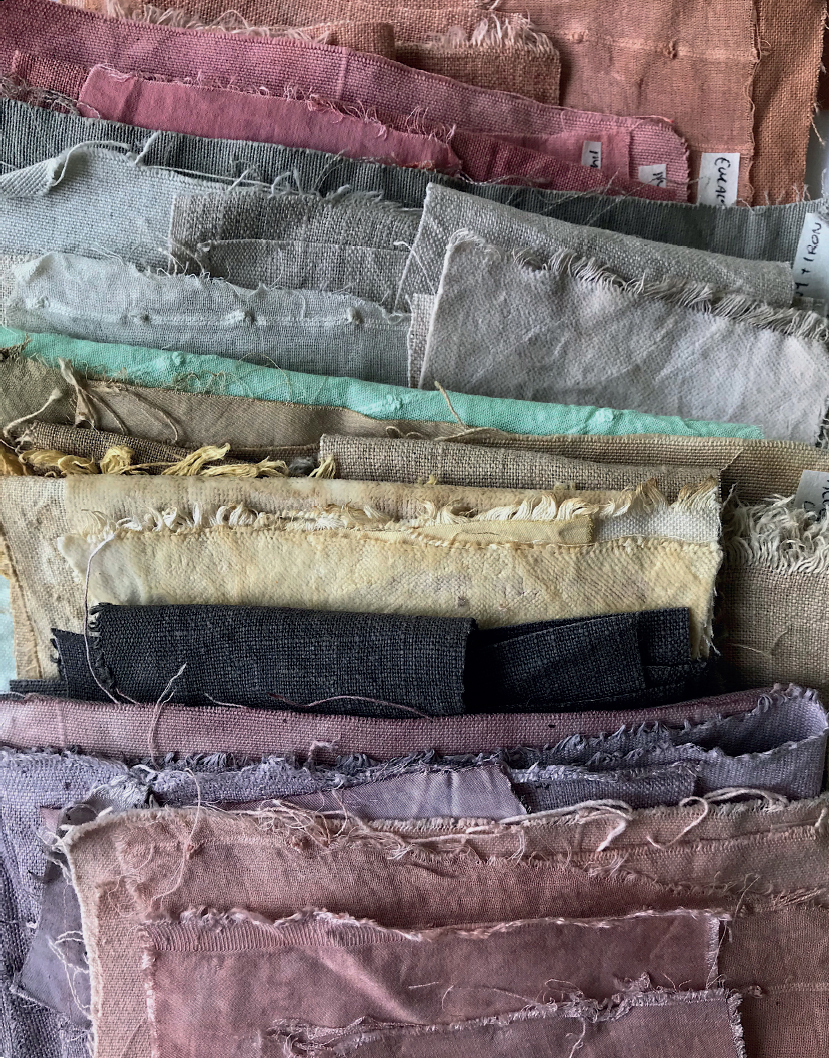
In the second part of this book, youll start to get really creative as you learn how to extract colours from dye plants. Dyeing according to the seasons means that youll be harvesting thoughtfully, helping the plants remain healthy, producing the best colours possible and ensuring more flowers for the following years. Cutting off flowers to harvest in the summer months will encourage new blooms; and cutting back some shrubs after flowering can improve plant health and promote healthy growth. Dividing some perennials in late winter or early spring will allow you to harvest the roots for dyeing, as well as reinvigorate the plant. And, of course, another advantage to dyeing seasonally is that youll be harvesting plants when theyre at their most abundant, which makes finding them in the wild much easier!
Plant dyeing is a craft that can be fitted into day-to-day life. Its often something that only requires a few minutes of dedication each day (popping out to the garden to harvest flowers, putting flowers or leaves in pots of water to soak, hanging fabrics out to dry, and so on) and can be incorporated easily into busy family or working life. Plants can be harvested from your own garden or foraged during weekend walks in the countryside. No dedicated space is needed, and fabrics can be left for days or sometimes weeks at a time in their dye pots, requiring just an occasional stir.
So why choose to use plant dyes over synthetic ones? Commercially, synthetic dyes are produced in large batches and have little or no variation in the colour between these batches, which means unlimited amounts of fabric can be dyed easily in order to mass-produce identical textile items. Synthetic dyes are available in a wide range of colours and the majority of them offer good colour-fastness when theyre washed. Although clothes made from synthetic dyes havent been found to pose any risk to the wearer, the dyes used to colour them are made up of chemical compounds that can be harmful to the people involved in their production. Lead and mercury are just two of the chemicals that are found in synthetic dyes, and these can be toxic to humans.
One of the main benefits of using plant dyes over synthetic dyes is that most natural dyes are harmless to the dyer and the waste products arent harmful to the environment. Plants can be sent to the compost heap after the colour has been extracted from them, and used dye can be poured directly into the garden or down a drain without worrying about any negative impact to the surrounding area.
Next pageFont size:
Interval:
Bookmark:
Similar books «Seasonal Plant Dyes»
Look at similar books to Seasonal Plant Dyes. We have selected literature similar in name and meaning in the hope of providing readers with more options to find new, interesting, not yet read works.
Discussion, reviews of the book Seasonal Plant Dyes and just readers' own opinions. Leave your comments, write what you think about the work, its meaning or the main characters. Specify what exactly you liked and what you didn't like, and why you think so.

